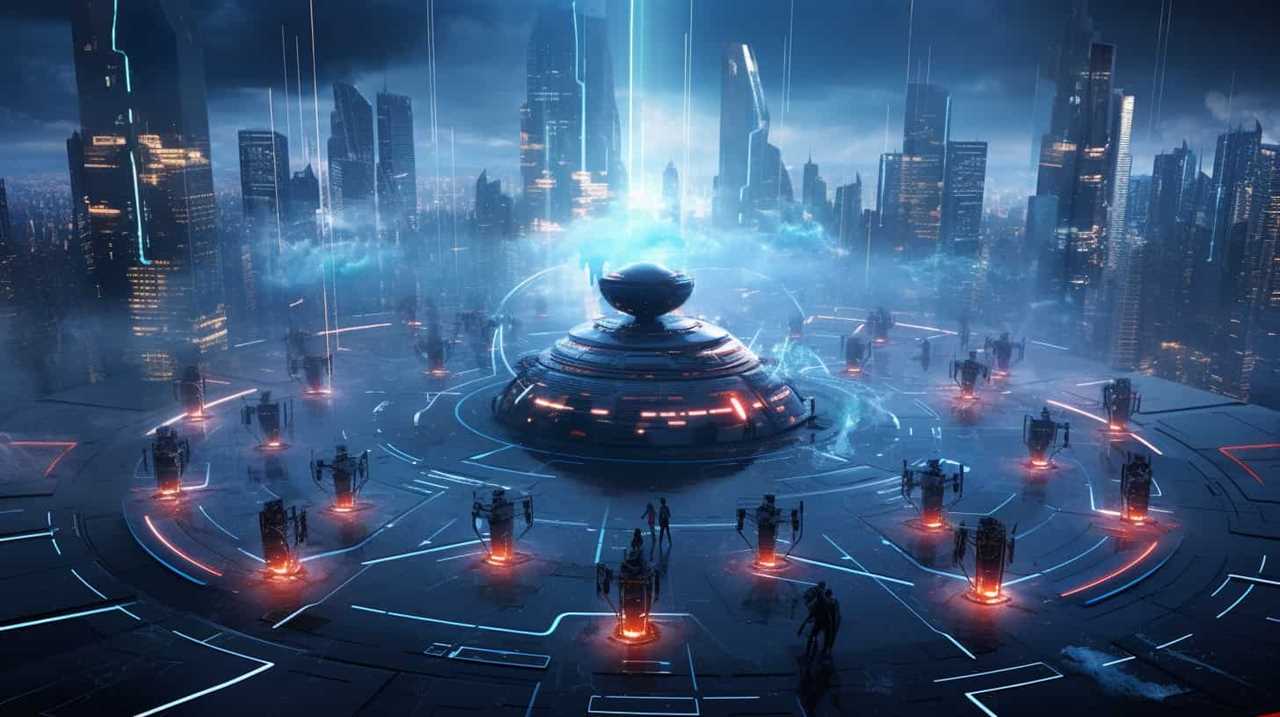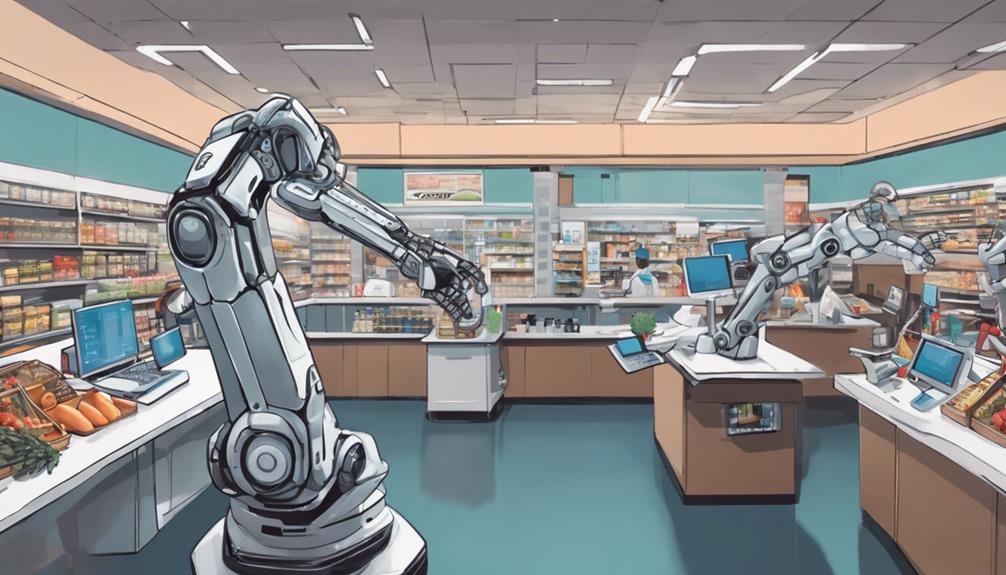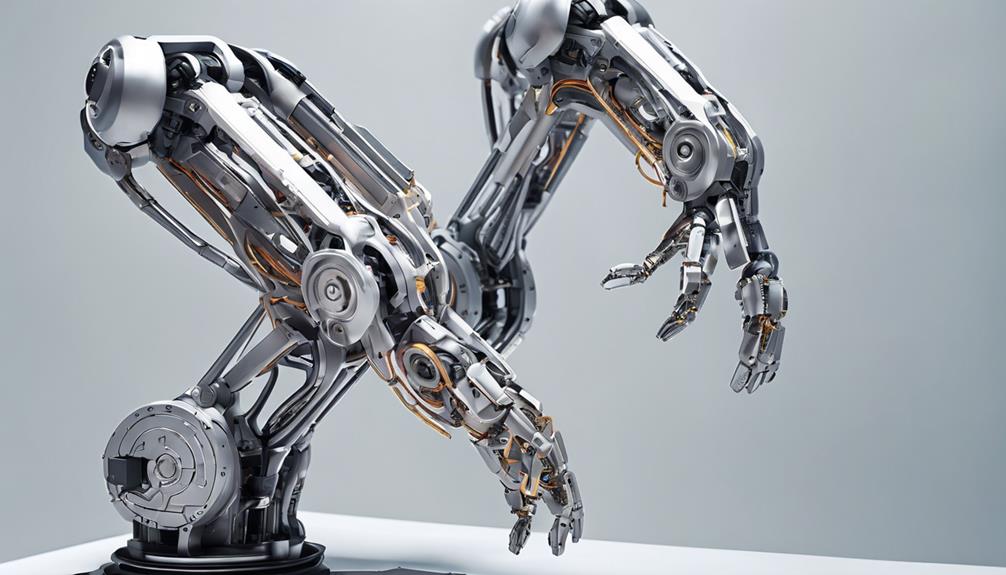As AI technology continues to advance, the question of whether animators could be replaced by artificial intelligence is becoming increasingly prominent. While AI is adept at automating certain aspects of animation production, there is a growing debate about the distinctive human touch in creativity and storytelling that animators bring to their craft.
Could AI truly replicate the nuanced emotions and intricate storytelling that define exceptional animations? The evolving landscape of AI in animation production raises intriguing questions about the future of this artistic field and the symbiotic relationship between technology and human creativity.
Key Takeaways
- AI will not replace animators but enhance their capabilities.
- Human creativity and emotions are irreplaceable by AI.
- AI automates tasks, allowing animators to focus on storytelling.
- Collaboration between AI and animators will shape the future of animation.
AI Advancements in Animation
How are technological advancements in artificial intelligence (AI) reshaping the landscape of 3D animation production processes?
AI has significantly impacted the animation industry by introducing tools that can automate tasks, streamline workflows, and enhance the overall creative process. Through the integration of machine learning and deep learning algorithms, AI can now assist animators in creating complex motions and visual effects more efficiently than ever before. This has led to a transformation in how animations are produced, with AI playing a pivotal role in generating basic animations and improving the speed of production.
While AI has brought about undeniable benefits in terms of productivity and precision, it is essential to note that there are certain limitations to its capabilities. AI may excel in repetitive tasks and technical aspects of animation, but it lacks the creativity and emotional intelligence that human animators bring to the table. The human touch and artistic vision that animators possess are irreplaceable elements that continue to set them apart in the realm of animation creation.
Impacts of AI on Human Animators
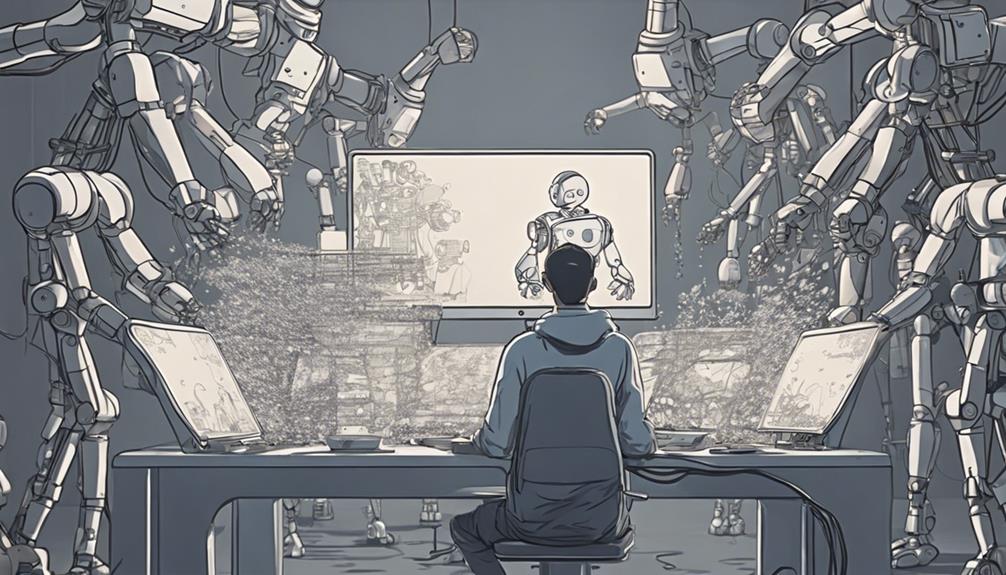
The integration of artificial intelligence (AI) tools in animation production processes has sparked discussions on the impacts of AI on human animators, shedding light on the evolving dynamics within the industry. When considering the relationship between AI and human animators, several key points emerge:
- Creative Aspects: Human creativity remains paramount in animation, particularly in storytelling and emotional connections, areas where AI currently lacks proficiency.
- Assistance, Not Replacement: AI technology currently serves to assist animators by automating certain tasks, rather than completely replacing them.
- Technological Advancements: While AI can streamline processes, human animators contribute the nuanced human emotions and creativity essential for lifelike animations.
- Collaboration between AI and Human Animators: The future likely holds increased collaboration between AI and human animators, with technology acting as a tool to enhance rather than overshadow the human touch in animation studios.
Collaborative Roles of AI
Utilizing AI as a collaborative tool in animation production enhances the creative capabilities of animators and streamlines workflow processes. By automating repetitive tasks, AI allows animators to dedicate more time to crafting compelling storytelling and emotional connections within their animations. This collaboration between AI and human animators results in a notable improvement in animation quality and efficiency.
Moreover, AI broadens the artistic vision of animators by offering innovative tools that enable them to explore new creative possibilities. The symbiotic relationship between AI and animators emphasizes the significance of human creativity in driving the animation industry forward. Through this partnership, AI supports animators in translating their artistic visions into reality while also introducing efficiency into the animation production pipeline. Ultimately, the collaborative roles of AI serve to augment the creative potential of animators, leading to enhanced storytelling, improved quality, and increased animation efficiency in the industry.
Limitations of AI in Animation
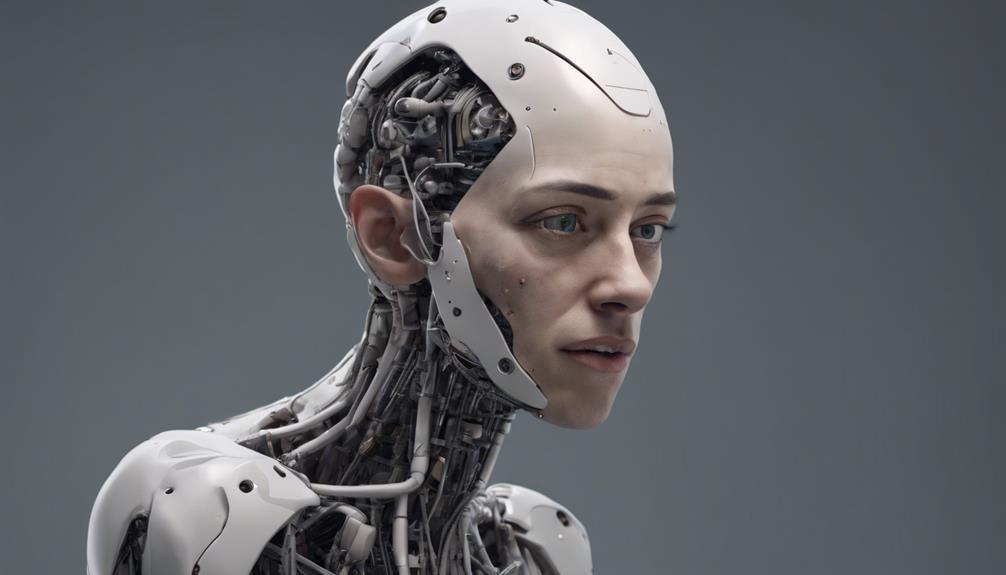
The intricate nature of storytelling and emotional conveyance in animation poses significant challenges for AI, highlighting its current limitations in capturing the nuanced creativity and emotional intelligence that human animators inherently possess.
Limitations of AI in Animation:
- Challenges in Storytelling: AI struggles to create cohesive and engaging narratives that resonate with audiences on an emotional level.
- Lack of Character Depth: AI often fails to imbue characters with the depth and complexity that human animators can achieve.
- Inability to Convey Subtle Emotions: AI finds it challenging to express subtle emotions effectively, impacting the authenticity of animated portrayals.
- Absence of Decision-making and Improvisational Skills: Without human intervention, AI lacks the ability to make intuitive decisions or incorporate spontaneous creativity into animations.
These limitations underscore the importance of human involvement in animation production, as elements like originality, artistic vision, and emotional depth remain integral aspects of the creative process that AI currently cannot fully replicate.
Future Prospects for Animators
Exploring the evolving landscape of animation, what innovative opportunities arise for animators amidst the integration of AI technologies? The potential of AI in animation is vast, offering animators a chance to harness AI tools to automate tasks, leading to a more streamlined workflow. By leveraging AI algorithms, animators can focus more on their artistic expression and storytelling, enhancing the overall quality of animations. The relationship between AI and human animators is not one of replacement but rather collaboration, as AI can assist in tedious tasks, allowing animators to delve deeper into their creativity. This symbiotic partnership opens up new horizons for the industry, enabling animators to produce more inventive projects and broaden their artistic vision. The impact of AI in animation is transformative, creating exciting prospects for animators to explore the convergence of technology and artistry.
| AI Tools | Automate Tasks | Artistic Expression |
|---|---|---|
| Enhance workflow | Streamline processes | Boost creativity |
Frequently Asked Questions
Will AI Take Over the Animation Industry?
AI is reshaping the animation industry by enhancing efficiency and offering innovative tools for artistic expression. While AI streamlines production processes, human animators' creativity and storytelling skills remain essential components, highlighting the collaborative potential between AI and human animators.
Will Artists Be Replaced by Ai?
In the realm of creativity and innovation, the integration of AI alongside artists raises questions about the future landscape of artistry. Balancing the human touch with AI prowess is crucial for evolving industries.
What Is the Future for Animators?
The future for animators involves embracing AI tools for enhanced efficiency and creativity. Collaboration with AI will automate repetitive tasks, enabling animators to focus on storytelling and emotional depth. Continuous adaptation to AI advancements is essential for staying relevant in the evolving animation industry.
Is AI Going to Replace 3D Modelers?
AI is revolutionizing 3D modeling by automating tasks such as texturing and rigging, increasing efficiency. While AI tools like Dreamcatcher and Runway ML aid in generating models, human creativity remains integral. Collaboration between AI and artists is optimizing workflows.
Conclusion
In conclusion, the integration of AI technology in animation production has indeed brought about significant advancements and efficiencies. However, the human touch of creativity, emotion, and storytelling skills that animators possess remains irreplaceable.
The future of animation lies in the collaboration between AI and human animators, where AI serves as a supportive tool rather than a complete replacement. For example, Pixar's use of AI for rendering complex animations while relying on human animators for character development showcases the potential for a fruitful partnership between technology and human creativity.


